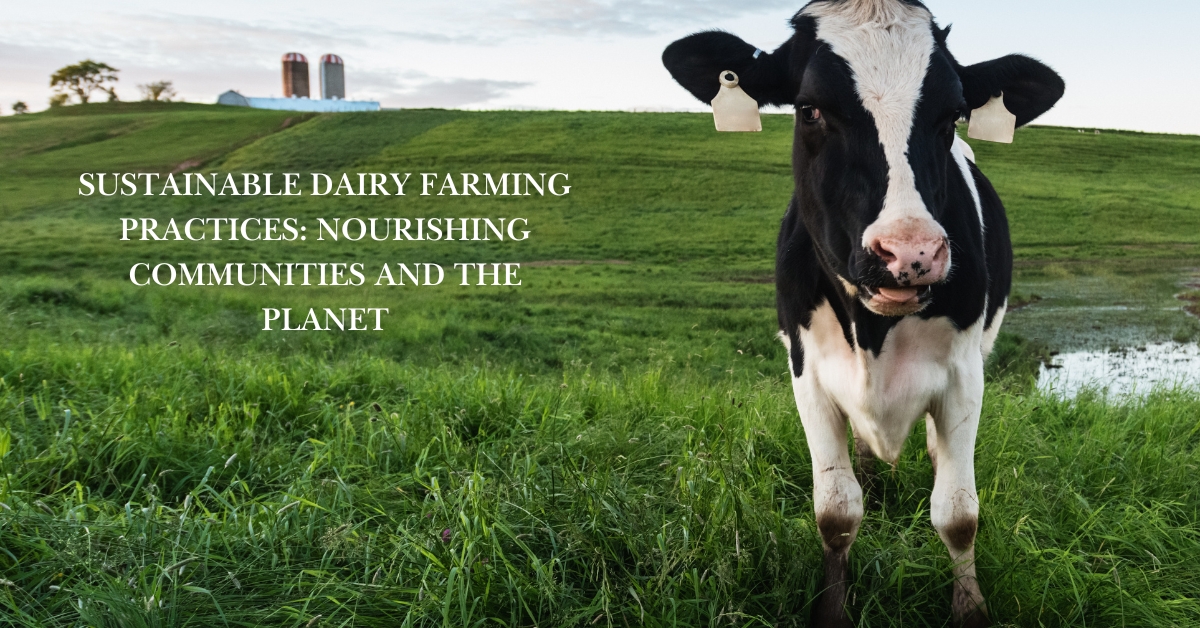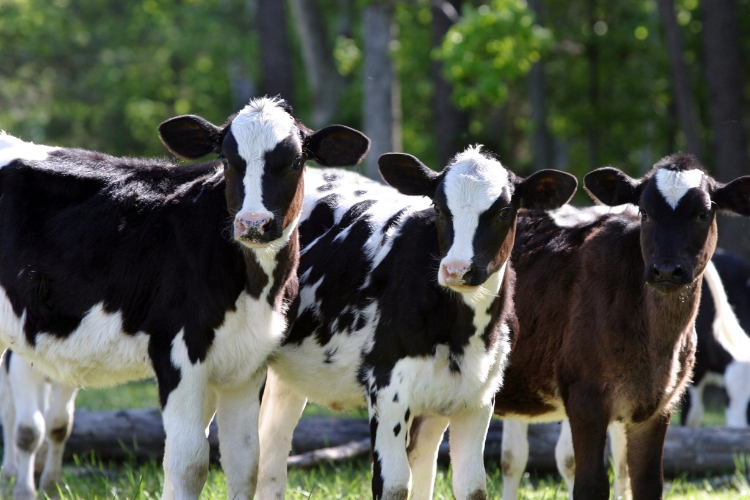The dairy industry stands at a critical juncture, facing environmental challenges and growing consumer concerns about animal welfare. As the world grapples with climate change, water scarcity, and biodiversity loss, the dairy industry must evolve to meet these pressing demands.
Consumers are increasingly seeking out ethically sourced products, and the dairy industry must rise to the occasion by adopting sustainable practices that prioritize environmental stewardship, animal welfare, and community resilience.
This blog article explores the principles and practices of sustainable dairy farming, showcasing how the industry can nourish communities and the planet.
By looking into the diverse solutions and innovative approaches, we will uncover a path toward a more sustainable future for the dairy industry and the world it serves.
Key Takeaways:
- The dairy industry must evolve to address environmental challenges and meet consumer demands for ethically sourced products.
- Sustainable dairy farming practices focus on reducing greenhouse gas emissions, conserving water, maintaining soil health, and protecting biodiversity.
- Prioritizing animal welfare through grass-fed grazing, comfortable housing, and minimizing stress is crucial for sustainable dairy farming.
- Economic and social sustainability are essential, ensuring the financial viability of dairy farms and supporting local communities.
- Technology and innovation play a pivotal role in improving efficiency, productivity, and sustainability in the dairy industry.
- Consumer demand and collective efforts among stakeholders are key to driving the transition towards a more sustainable dairy industry.
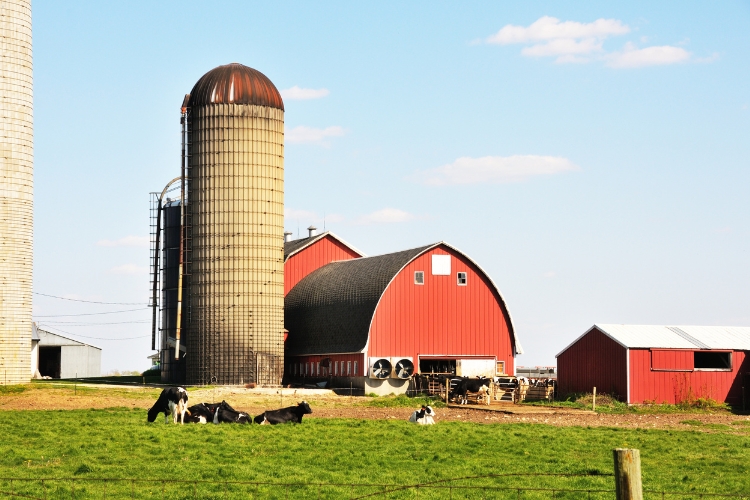
Environmental Challenges and Solutions in Dairy Farming
1. Greenhouse Gas Emissions
The dairy industry is a significant contributor to climate change, with emissions of greenhouse gases like methane and nitrous oxide. Addressing this challenge is crucial for the industry’s long-term sustainability.
| Solution | Description |
|---|---|
| Improved Manure Management | Dairy farms can utilize anaerobic digesters to break down manure and capture methane, which can then be used to generate renewable energy. Proper manure storage, treatment, and reuse also help prevent it from contaminating water sources. |
| Optimized Feeding Practices | Feeding cows more digestible diets can help reduce methane emissions. Researchers are exploring feed additives like seaweed, plant extracts, and essential oils that may further reduce emissions by 20% to 50%. Maintaining the health and comfort of cows also improves their feed efficiency, reducing emissions per pound of milk. |
| Carbon Sequestration in Soil | Regenerative agriculture practices, such as planting cover crops and implementing no-till farming, can increase the amount of carbon stored in the soil, effectively offsetting the industry’s carbon footprint. |
2. Water Conservation and Quality
Water is a precious resource in dairy farming, and sustainable practices are crucial to minimizing the industry’s impact on surface and groundwater quality.
- Water Recycling: Dairy farms can recycle water up to four times, using it for tasks like cooling fresh milk, providing drinking water for the herd, cleaning equipment, flushing manure, and irrigating crops.
- Efficient Irrigation Systems: The adoption of efficient irrigation systems, such as drip irrigation, can significantly reduce water usage on dairy farms.
- Rainwater Harvesting: Capturing and storing rainwater can help dairy farms minimize their reliance on groundwater or municipal supplies.
- Proper Manure Management: Proper storage, treatment, and application of manure are essential to prevent runoff and contamination of water sources.
3. Soil Health and Nutrient Management
Healthy soil is the foundation for sustainable dairy farming, supporting plant growth, water retention, and nutrient cycling.
- Regenerative Agriculture Practices: Techniques like planting cover crops, using low-till or no-till farming, and applying manure as a natural fertilizer can improve soil health and fertility.
- Precision Fertilizer Application: Using precision technology to apply fertilizers can reduce nutrient loss while maintaining soil health and fertility.
4. Biodiversity
The use of land for feed cultivation can have a significant impact on local and global biodiversity.
- Protecting Natural Habitats and Creating Wildlife Corridors: Dairy farmers can fence off waterways and other sensitive areas to protect natural habitats. Planting hedgerows and riparian buffers can also promote biodiversity.
- Minimizing Harmful Emissions and Reducing Reliance on Biocides: Reducing emissions that can harm natural habitats and minimizing the use of biocides are crucial steps in preserving biodiversity.
- Responsible Soy Sourcing: Sourcing soy from regions not threatened by deforestation can help conserve biodiversity.

Animal Welfare in Sustainable Dairy Farming
1. Ethical Considerations
The growing consumer awareness and demand for ethically sourced dairy products have put a spotlight on the importance of animal welfare in the dairy industry. Consumers increasingly want to be assured that dairy cows are treated humanely, as animal welfare is closely linked to the quality of the milk produced.
2. Key Practices for Animal Well-Being
- Grass-Fed Grazing Systems: Allowing cows to graze freely on pastures enables them to consume a diet that aligns with their natural behavior, improving their overall well-being.
- Rotational Grazing: Rotational grazing involves dividing pastures into smaller paddocks and rotating cows between them. This practice improves pasture utilization, promotes soil health, reduces the risk of overgrazing, and can sequester carbon in the soil.
- Comfortable Housing: Providing cows with adequate space, ventilation, and dry bedding is crucial to ensuring their comfort and well-being.
- Access to Clean Water and Veterinary Care: Dairy cows must have access to clean water and prompt veterinary care to maintain their health and welfare.
- Minimizing Stress and Pain: Employing humane handling techniques and proper care during milking and transportation can help minimize stress and pain for the cows.
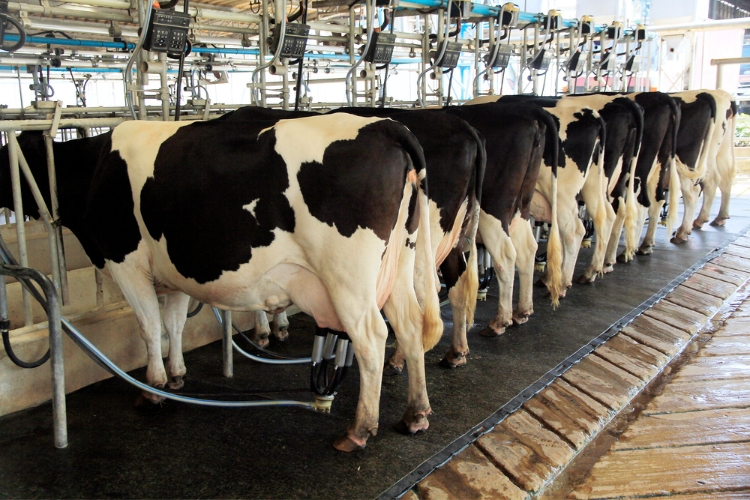
Economic and Social Sustainability
1. Financial Stability
The long-term sustainability of the dairy industry depends on the financial stability of dairy farms and the well-being of farmworkers and local communities.
Strategies for Economic Viability
- Optimizing Production Efficiency: Dairy farmers can optimize production by ensuring proper nutrition for their cows, utilizing technology to increase efficiency, and reducing waste.
- Market Access and Fair Pricing: Dairy producers need access to markets and fair prices for their products to maintain financial stability.
- Diversification: Diversifying into other farming or non-farming activities can increase farm income and reduce risk.
2. Social Responsibility
Sustainable dairy farming should prioritize social responsibility by:
- Providing fair wages and safe working conditions for dairy farm employees.
- Supporting local communities and contributing to rural development.
- Using resources responsibly and minimizing the environmental impact of dairy operations.
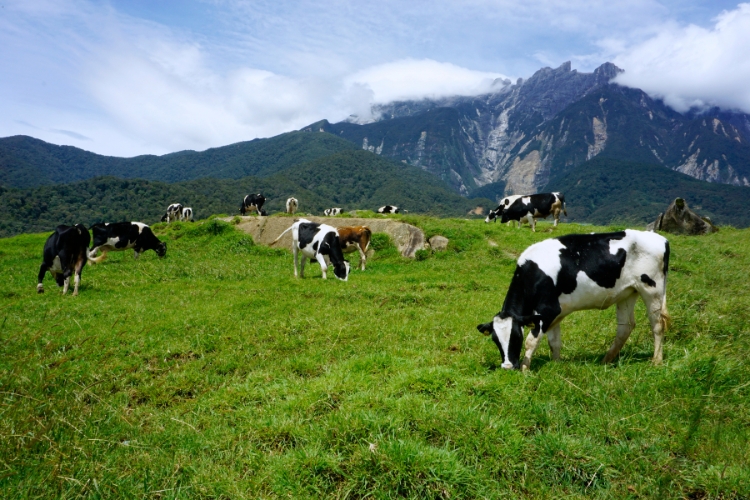
The Role of Technology and Innovation
Technology plays a crucial role in increasing efficiency, productivity, and sustainability in dairy farming.
Consumer Choices and the Future of Sustainable Dairy
1. The Power of Consumer Demand
Consumer demand for sustainable and ethically sourced dairy products can be a powerful driver of change in the industry. As consumers become more aware of the importance of sustainable practices, their purchasing decisions can significantly influence the dairy industry’s trajectory.
2. Transparency and Traceability
Clear labeling and certification programs can help consumers make informed choices about the dairy products they purchase, ensuring that they align with their values and support sustainable farming practices.
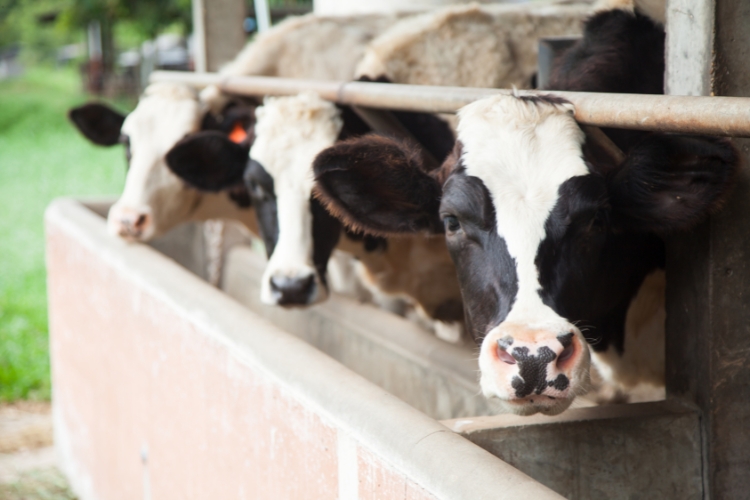
3. Supporting Sustainable Brands
By supporting dairy brands and farmers committed to sustainable practices, consumers can play a vital role in shaping the future of the industry.
4. A Collective Effort
Achieving a sustainable future for the dairy industry requires a collaborative effort involving farmers, consumers, policymakers, and researchers.
Only through this collective engagement can the industry address the multifaceted challenges it faces and transition towards a more environmentally friendly, socially responsible, and economically viable model.
Conclusion
Sustainable dairy farming is a crucial step towards a more environmentally friendly and socially responsible food system. By embracing practices that protect the environment, prioritize animal welfare, and ensure economic viability, the dairy industry can continue to provide nutritious food while safeguarding the planet for future generations.
The path forward demands a holistic approach that addresses the interrelated challenges of climate change, water scarcity, biodiversity loss, and ethical considerations.
Through the collective efforts of farmers, consumers, and stakeholders, the dairy industry can rise to the occasion and become a shining example of how agriculture can nourish both communities and the planet.
FAQs
1. What are the environmental benefits?
Sustainable dairy farming practices significantly reduce greenhouse gas emissions, conserve water resources, and maintain healthy soil, helping to mitigate the industry’s environmental impact and restore ecosystems.
2. How is animal welfare ensured?
Sustainable dairy farmers prioritize animal welfare through practices like grass-fed grazing, comfortable housing, access to clean water and veterinary care, and humane handling techniques, which improve cow well-being and product quality.
3. What are the economic and social benefits?
Sustainable dairy farming supports the long-term financial viability of farms, provides fair wages and safe working conditions for employees, and contributes to the resilience of local communities through responsible resource use and environmental stewardship.
4. How can consumers support sustainability?
Consumers can support sustainable dairy farming by demanding transparency, seeking out certified sustainable products, and patronizing dairy brands and farmers committed to environmental protection, animal welfare, and social responsibility.


